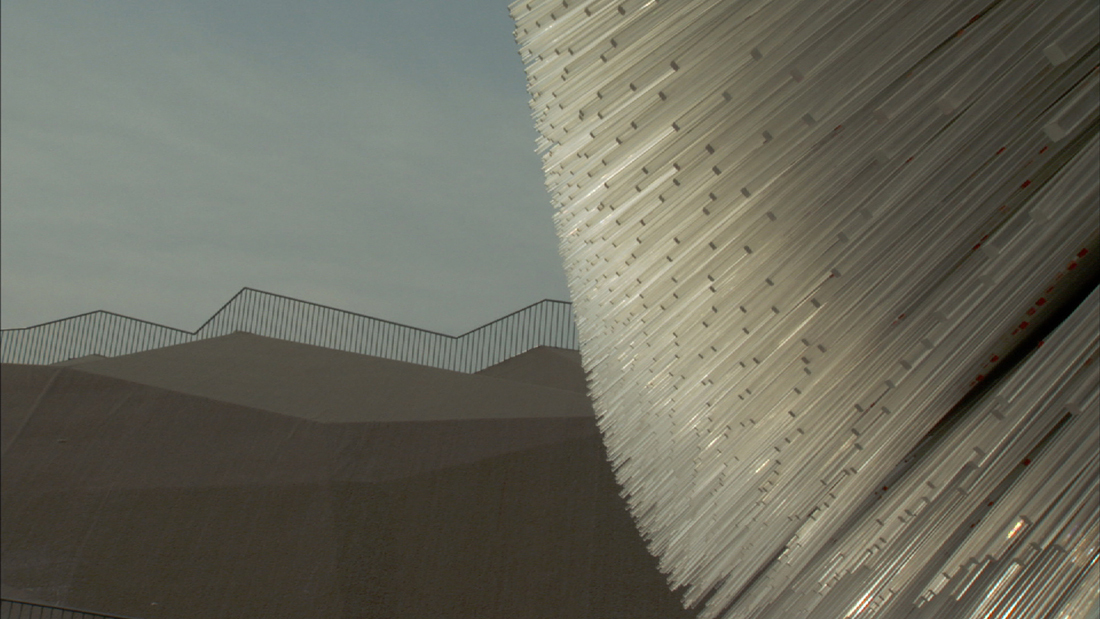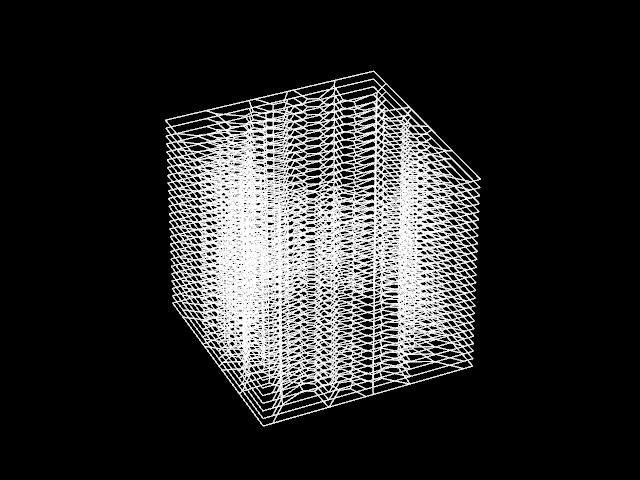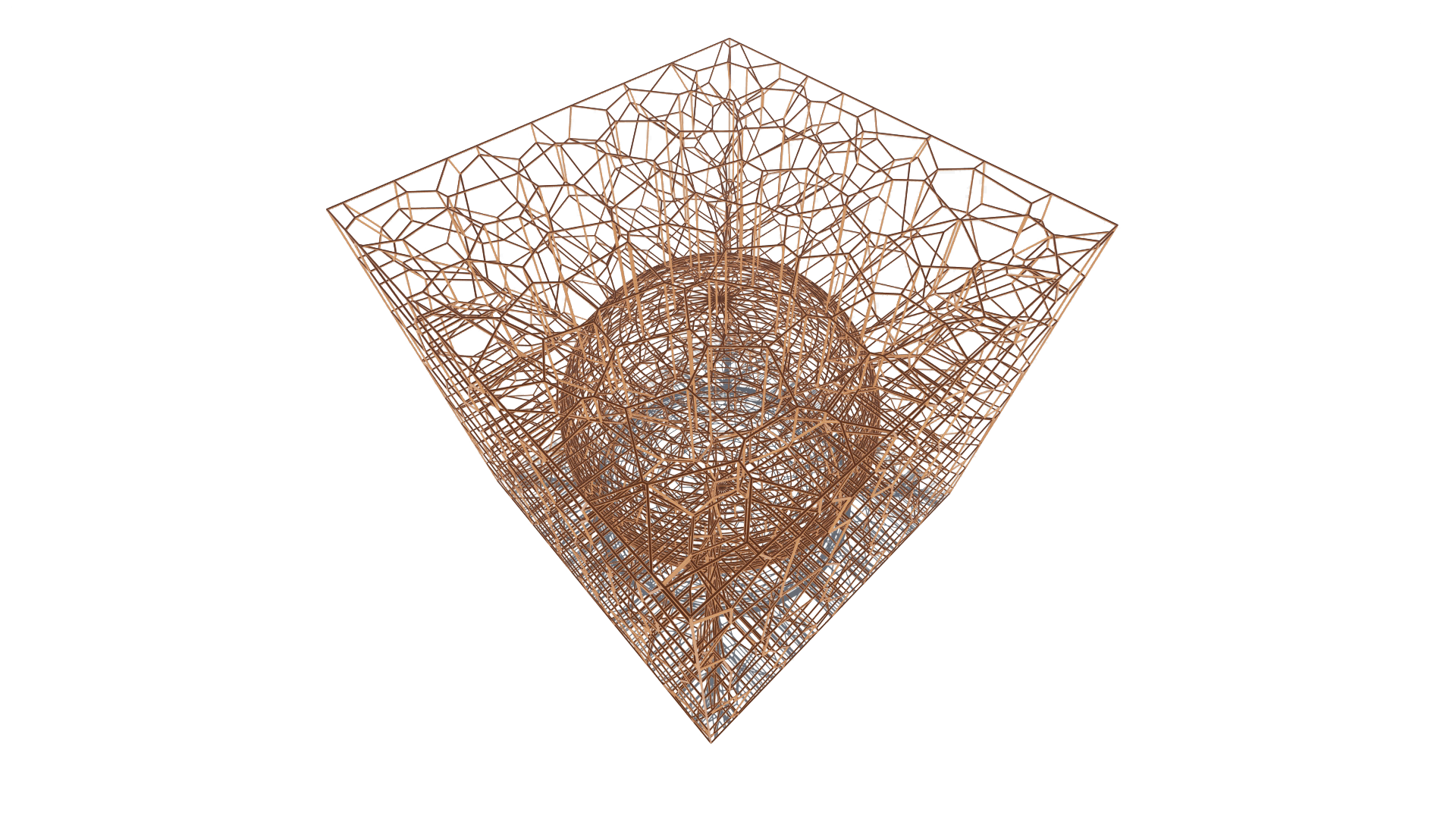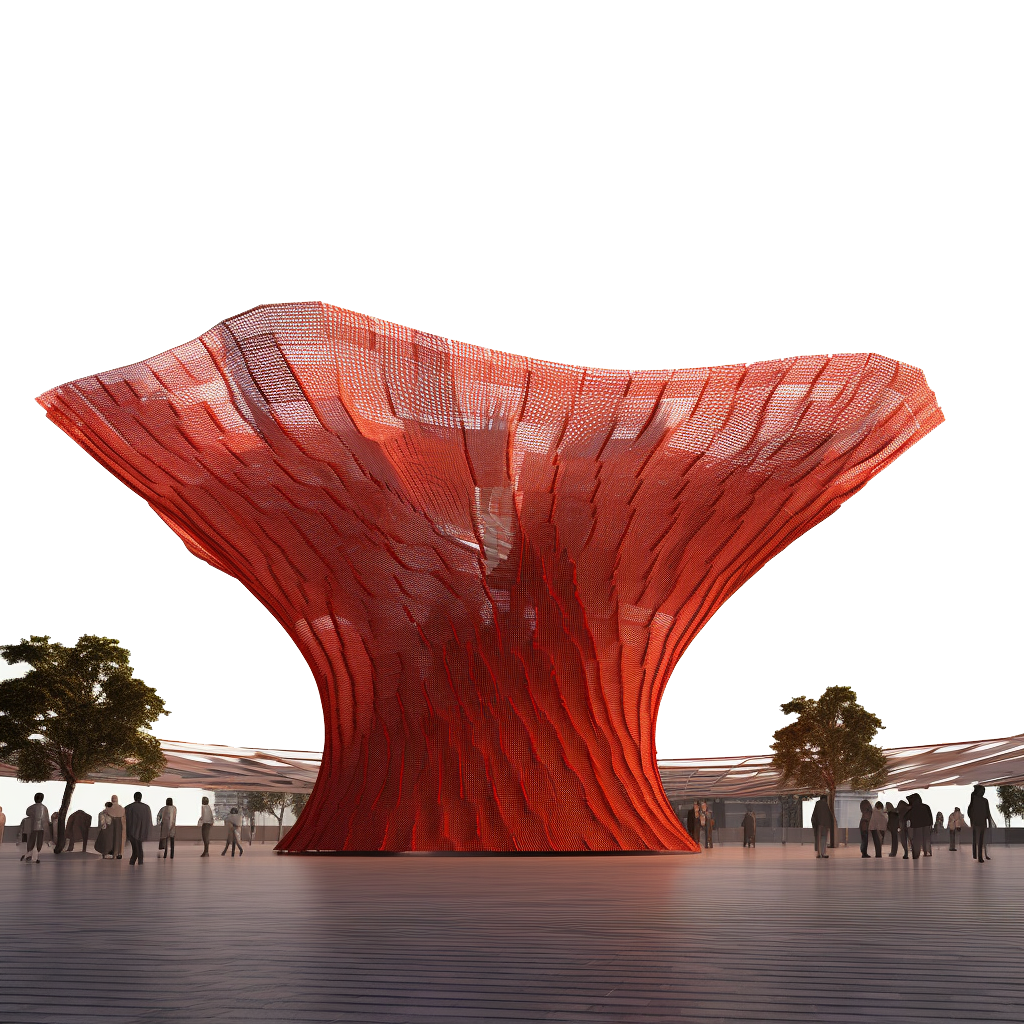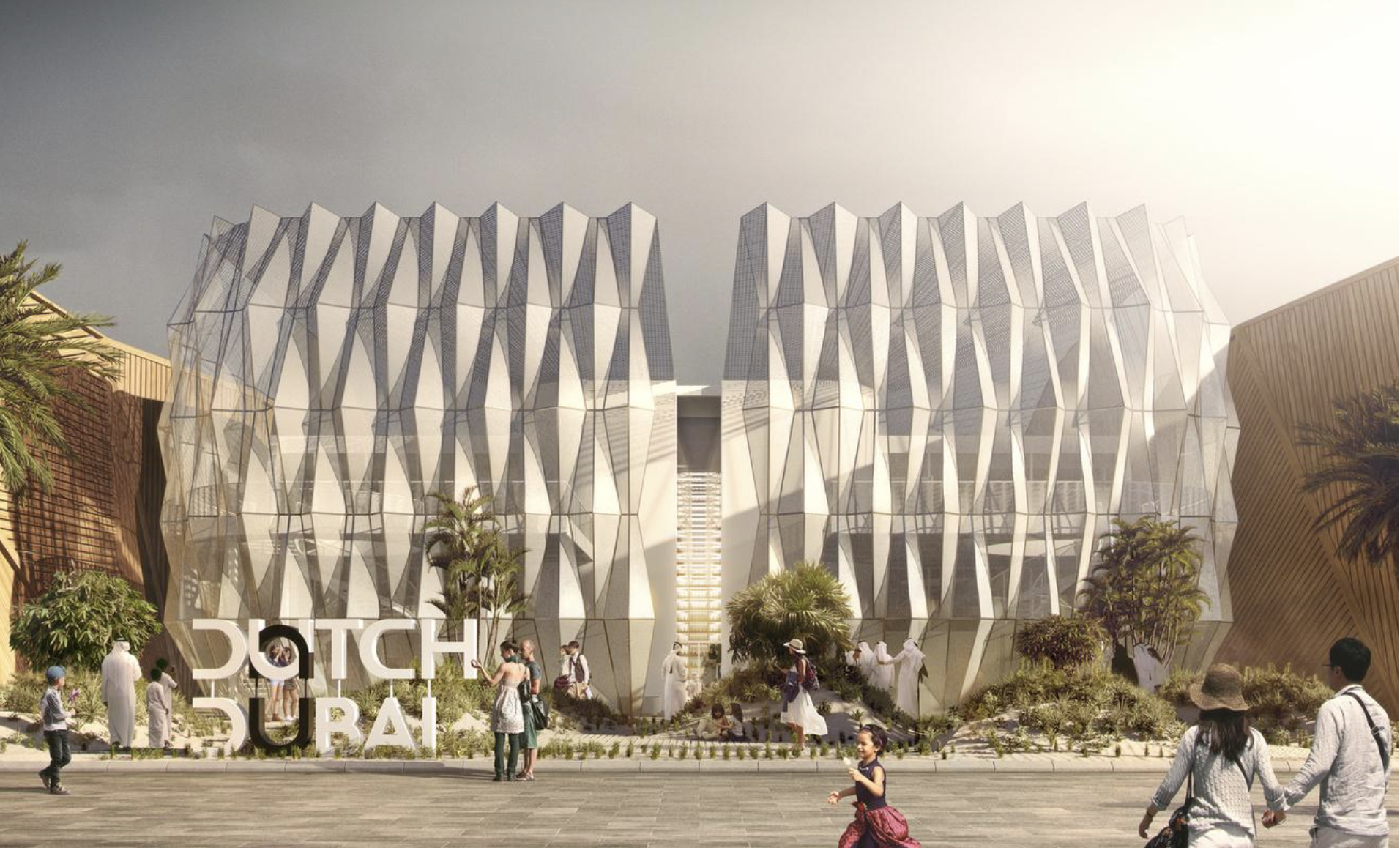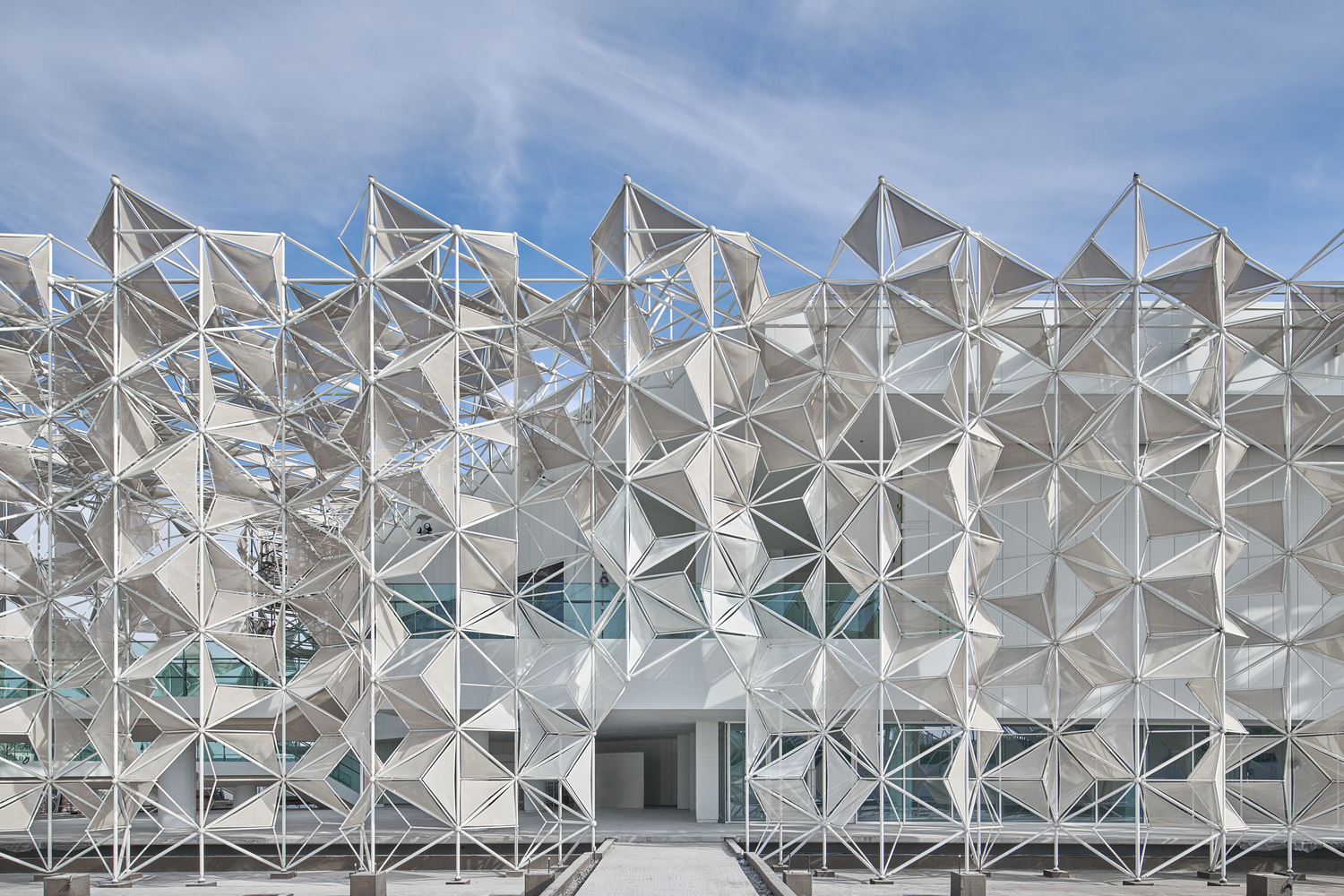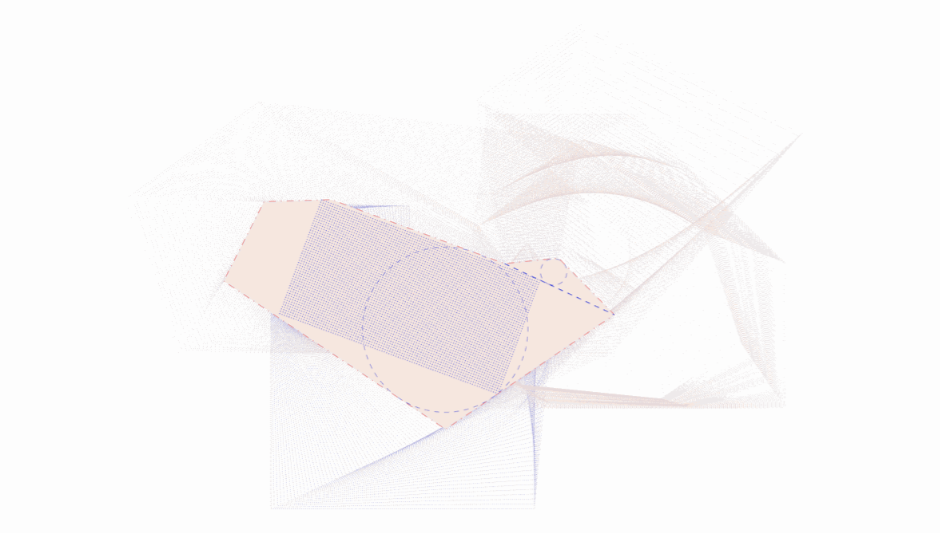
Credits: Oana Taut
“If the only tool you have is a hammer, you tend to see every problem as a nail.” Abraham Maslow
Computational design has come a long way since the early days of being simply the tool of the parametric style. Today it is at the core of innovation in architecture and design, occupying an important role in most of the leading architecture practices. Increasingly the tools that we now use to design have the potential to expand the range of our design options, allowing us to explore performance criterias unlimited by the increased complexity. The computational design paradigm is thus expanding the creation process, from a mere singular instance of a design far beyond the three dimensional space into a virtually limitless parametric realm of different versions of the design intent, forming what we call a design space..
In this new paradigm, the role of the computational designer is to effectively transform a carefully crafted design intent into a parametric strategy, establish selection criteria and navigate the entire space of options by confronting them with analytical and simulation tools. This allows the creation of designs that are fast to adapt, and can embed insights from vast amounts of context data.
For this purpose, Grasshopper has significantly become the standard for computational design, not only within academia but across many trades and disciplines that encompass the form creation process, providing easy access to algorithmic thinking and a large ecosystem of plugins that provide easy access to a broad range of tools for advanced design. This course has the goal of teaching the fundamentals of Computational Design and algorithmic thinking through the interface of Grasshopper 3d. We go beyond teaching quick strategy for obtaining complex forms and will dive into deeply understanding the logic and principal methods with the intention of equipping you with the mental and digital tools for designing computational sequences that translate your design intent.
Level I – Mastering the basics
This course focuses on teaching the fundamentals of visual scripting through Grasshopper while exploring the critical concepts of computational design. From understanding different types of data, to the generation of geometry from data and to the management of multiple geometrical information algorithmically, students will become proficient in algorithmic thinking in order to navigate fluently in the complexity of geometrical data.

Credits: Oana Taut
Learning Objectives
At course completion the student will:
- Know how to navigate fluently in the Grasshopper environment;
- Know the basics of visual programing and algorithmic thinking;
- Understand fundamental concepts of computational design and geometry;
- Create parametric models defining inputs and outputs;
- Know the fundamentals of data trees and data management in grasshopper.






